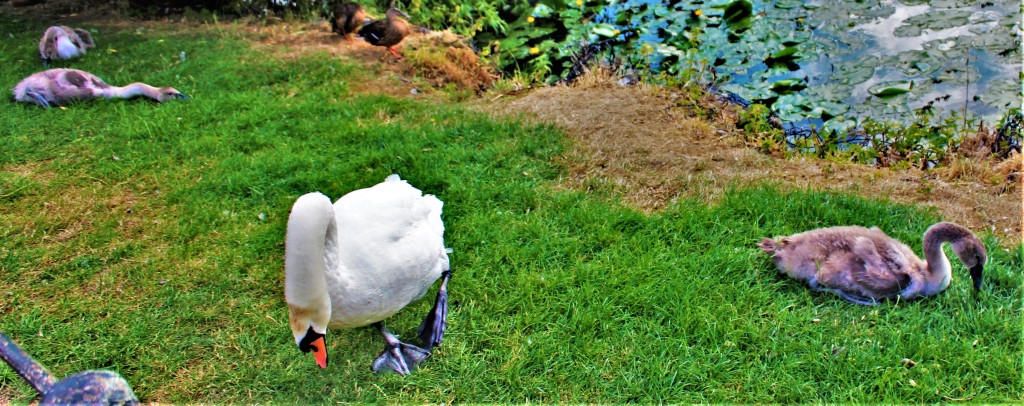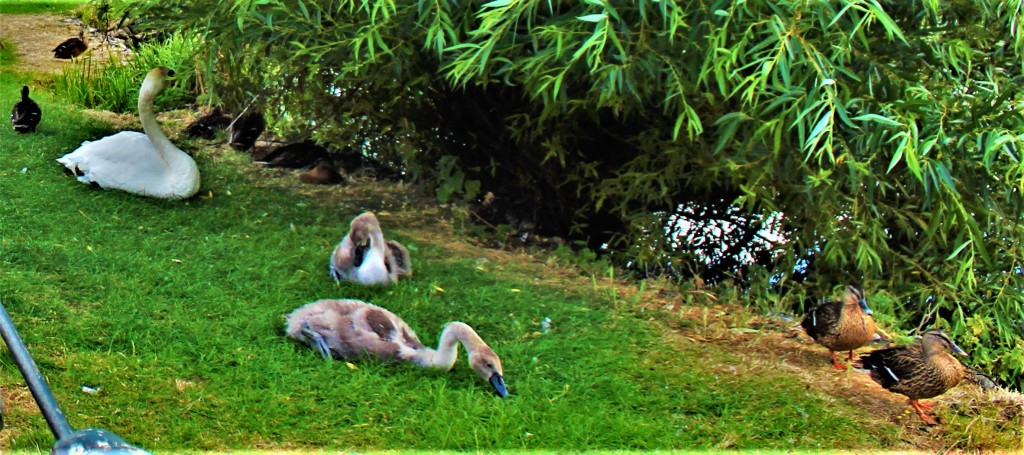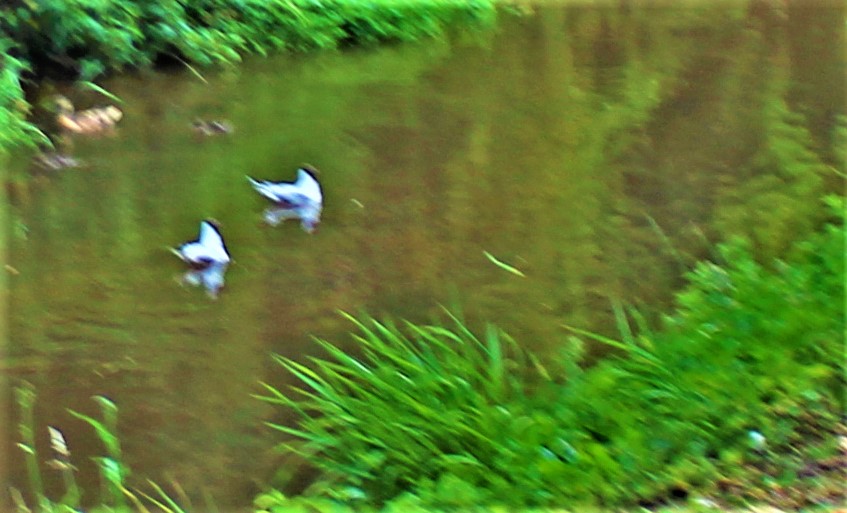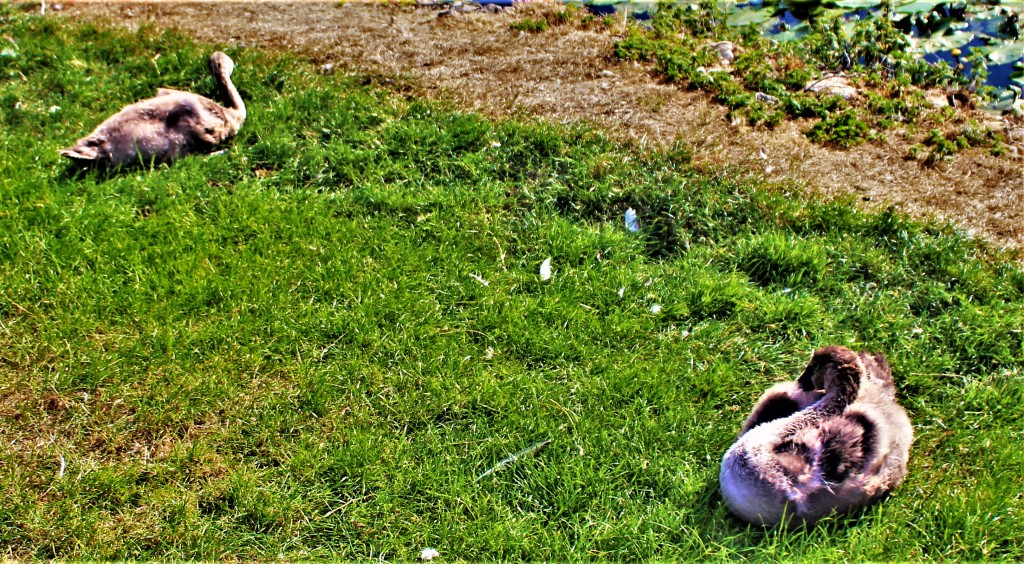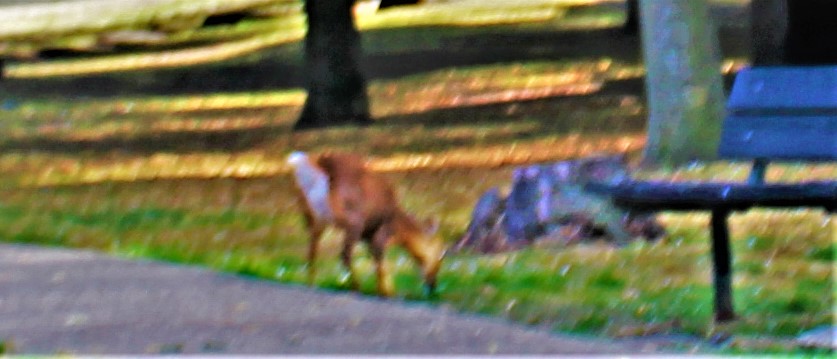Today I look at the best Australian cricketers of the period 1919-39. Australia were strong for much of this period, although English desperation to atone for the perceived sins of the 1932-3 Ashes contributed to their excellent Ashes record – Larwood never played another test match after the end of that series, Voce was not picked at home in 1934, though he did tour in 1936-7, while the last pre-WWII Ashes series in 1938 was halved, with one game washed out without a ball bowled, two high scoring draws, Australia narrowly winning a thriller at Headingley and England totally bossing the last match at The Oval.
THE XI IN BATTING ORDER
- Bill Woodfull (right handed opening batter). One half of Australia’s best opening pair of the period.
- Bill Ponsford (right handed opening batter). The first megascorer, possessor for almost three years of the two highest scores in FC history, 437 for Victoria v Queensland in 1927 and 429 for Victoria v Tasmania in 1922. He had two other triple centuries in FC cricket and achieved a unique double in test cricket of scoring centuries in each of his first two test matches and in each of his last two.
- *Don Bradman (right handed batter, captain). Quite simply the most consistent run scorer the game has ever known. It was he who topped Ponsford’s individual FC record with 452* for NSW v Queensland. He also had two test match triple centuries and a 299* v South Africa when his last partner was run out trying to get through for the crucial run. Australia lost only two Ashes series with him in the side – 1928-9 when he was trying to establish himself and was actually dropped for the second match of the series, and 1932-3 when Jardine’s strategy halved his usual output.
- Charlie Macartney (right handed batter, left arm orthodox spinner). His batting hit the heights in the first seven years after the war – in the 1926 Ashes at the age of 40 he hit three centuries in successive test matches, while in 1921 he blasted Nottinghamshire for 345 in 232 minutes at the crease, still the highest FC score for a member of an Australian touring party.
- Stan McCabe (right handed batter, right arm medium fast bowler). Two of the most famous of all Ashes innings, his 187* at Sydney in the face of fast leg theory as conceived by Jardine and bowled by Larwood in the first match of the 1932-3 Ashes and the 232* he scored at Trent Bridge in 1938 when Bradman called the rest of the Aussie team out on to their balcony to watch the action because “you will never see anything like this again”.
- Warwick Armstrong (right handed batter, leg spinner). A dominant force in both of the first two Ashes series after WWI, and undoubtedly Australia’s best all rounder of the period.
- Jack Gregory (right arm fast bowler, left handed batter, ace slip fielder). Under the captaincy of Warwick Armstrong he and Ted McDonald provided the first example in test cricket of a bowling side opening their attack with express pace from both ends – received wisdom had been to open with one fast and one slow bowler, though in 1911-12 and at home in 1912 Sydney Barnes and Frank Foster, both above medium pace, had opened the bowling for England with considerable success.
- +Bert Oldfield (wicket keeper, right handed batter). One of the greatest keepers ever, I believe he still holds the record for men’s test stumpings (52).
- Bill O’Reilly (leg spinner, left handed batter). 144 wickets in 27 test matches, bowling at something above medium pace and possessing a superbly disguised googly.
- Ted McDonald (right arm fast bowler, right handed batter). He played the first two post-war Ashes series before decamping to play Lancashire League cricket and ultimately to turn out for Lancashire and bowl them to several championships with Cecil Parkin and Dick Tyldesley in support.
- Clarrie Grimmett (leg spinner, right handed batter). He had to cross one national border and two state boundaries to find cricketing fulfillment, and still managed to become the first ever to claim 200 test wickets (216 in 37 test matches). Even 80 odd years after the end of his career he probably ranks second among cricketers born in New Zealand (Sir Richard Hadlee being #1).
This XI has a powerful batting line up, though left handers are under represented. The bowling is also strong, with Gregory and McDonald an outstanding new ball duo, O’Reilly, Grimmett and Armstrong being three very dissimilar leg spinners, McCabe a handy medium pacer and Macartney sometimes useful with his left arm spin.
HONOURABLE MENTIONS
Warren Bardsley, the left handed opener I selected in the prewar Aussie XI, played on until 1926, but a remarkable 193* at Lord’s that year apart he was a fading force, and therefore I felt I could not break the Woodfull/ Ponsford pairing for the sake of balance. No Australian middle order left handed batter of this period was good enough to merit selection.
Vic Richardson was a remarkable all round athlete and grandfather of two Aussie test skippers, but his test batting record was quite ordinary. Arthur Richardson, a middle order batter who bowled off spin, was not good enough in either department to merit more than an acknowledgement.
There were two other candidates for the number six slot I gave to Armstrong, Jack Ryder and Hunter ‘Stork’ Hendry, forceful batters who bowled right arm fast medium.
This period featured the tail end of Hanson Carter’s career as a keeper, but he was not the equal of Oldfield. The one Aussie to play FC cricket in this period who probably was a match for Oldfield as keeper and a better batter, Don Tallon, did not make his test debut until after WWII, so I felt I could not pick him.
Other than Gregory and McDonald, who came as a partnership the only other Aussie fast bowler of the era who might have demanded selection was Thomas William Wall, usually known as ‘Tim’ Wall, whose record suffered from the fact that he was often the only quick in the side. Ernie McCormick, ‘Bull’ Alexander, Jack Scott and Laurie Nash were all quick but erratic, while Eddie Gilbert never played test cricket.
The only Aussie specialist finger spinner of the period with a really good test record was Bert Ironmonger, and he was never selected for a tour of England, possibly because of fears that his action would not stand up to the scrutiny of English umpires. Left arm wrist spinner Leslie ‘Chuck’ Fleetwood-Smith was too expensive to merit a place, while Arthur Mailey was unlucky in that Grimmett was clearly ahead of him as a conventional leg spinner and O’Reilly’s distinctive method and provenly effective partnership with Grimmett qualified him for a place. Hans Ebeling’s seam bowling did not qualify him for a place, but he deserves a mention because the 1977 Centenary Test Match, which Australia won by the same margin, 45 runs, as they had won the inaugural test match 100 years earlier, was his brainchild.
PHOTOGRAPHS
The weather here continues to be dull and grey, but I do have a photo gallery to share…






























